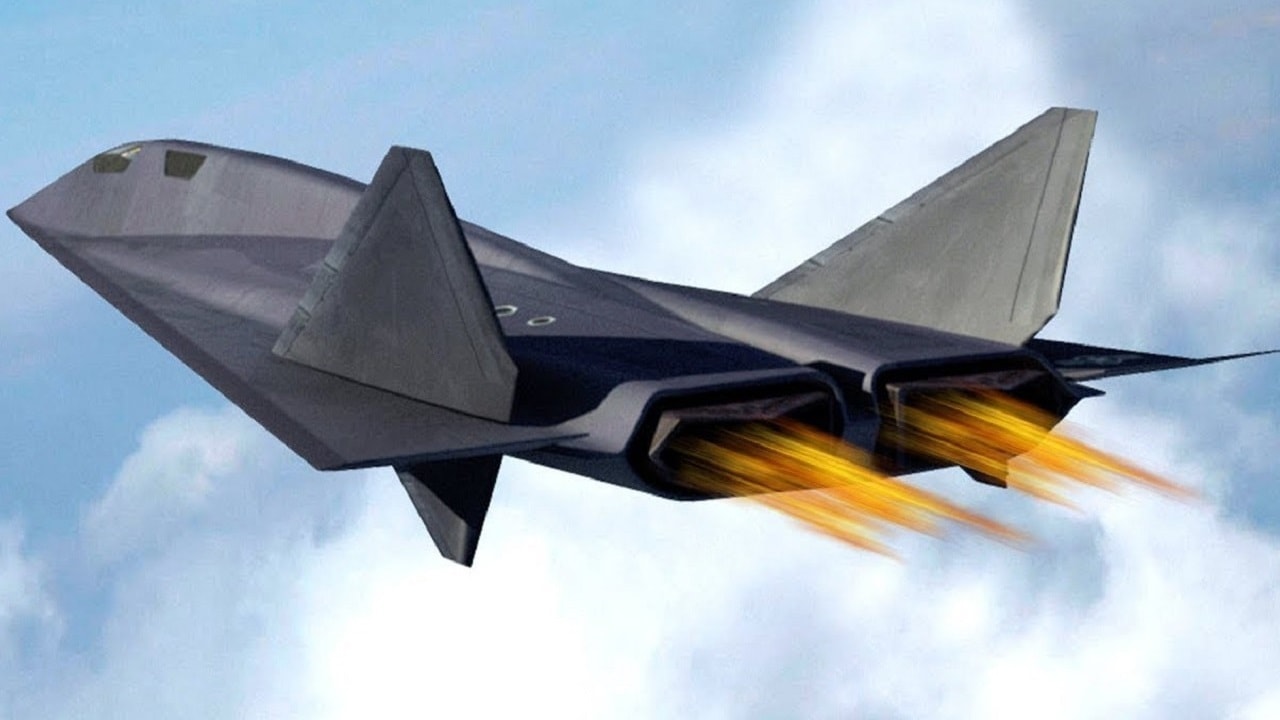Air Force and Navy Focused on NGAD Programs – Both the United States Air Force and the United States Navy are looking to the future with their respective Next Generation Air Dominance (NGAD) programs to develop a sixth-generation fighter program. It will be far more than just a more advanced fighter – and instead will be a “family of systems” that would include autonomous capabilities, stealth, a new spectrum of weapons, thermal management of the aircraft signature, and improved propulsion with supercruise ability.
Each of the programs is being developed with maximum connectivity, advanced sensors, and open architecture while taking advantage of computer-aided design. There are notable differences however, as the Navy’s F/A-XX would not rely primarily on speed or stealth as much as previous-generation jet fighters and instead would rely on advanced weaponry to overwhelm or suppress an enemy air defenses. In addition, the Air Force has been more focused on adaptive-cycle jet engine technology.
Paying for the NGAD
The Air Force recently announced with its budget for the fiscal year 2023 (FY23) that it would seek to cut 150 aircraft from its current fleet, including older A-10 Warthogs, F-22A Raptors, T-1 Jayhawks, and KC-135. It would scale back its acquisition of the Lockheed Martin F-35As and HH-60W Jolly Green II combat rescue helicopters.
That would provide more funding for the B-21 Raider bomber, the development of hypersonic weapons, and notably the NGAD. The proposed budget from the Department of the Air Force – which includes both the Air Force and Space Force – would see it grow to $195 billion, a nearly 7 percent increase from the approximately $182 billion approved for 2022. The Air Force’s portion is about $169.5 billion and the bulk of the increase would go towards research, development, testing and evaluation, as well as procurement; and operations and maintenance.
The Navy also announced it would seek to ramp up spending on its NGAD family of systems over the next six years. The aviation portion of the Navy FY23 budget request would seek $16.8 billion to procure 96 total aircraft across the Navy and Marine Corps, yet it has also called to keep the NGAD sixth-generation fighter program budget levels classified.
The Navy has not disclosed its budgeting for the NGAD since FY20, when it reportedly directed $20.7 million that year and projected spending about $256 million in FY22. In contrast, the Air Force has made its NGAD program funding public. In its FY23 request, the Air Force announced that it requested nearly $1.7 billion for NGAD in the research and development account.
“NGAD is a classified program and I would tell you funding increase is going up also over the FYDP (Future Years Defense Program), but we are choosing to keep that value classified,” Rear Adm. John Gumbleton, deputy assistant secretary of the Navy for Budget, told reporters during a roundtable last month.
The Navy has some big programs in the works beyond its sixth-generation fighter. The service is currently developing its next-generation destroyer, or DDG(X), to succeed the Arleigh Burke-class destroyers as well as its next-generation attack submarine, or SSN(X), to succeed the Virginia-class boats. The Navy has been public that it is seeking $196 million in research and development funding for DDG(X) in FY 2023 and $237 million for SSN(X).
Now a Senior Editor for 1945, Peter Suciu is a Michigan-based writer who has contributed to more than four dozen magazines, newspapers, and websites. He regularly writes about military hardware, and is the author of several books on military headgear including A Gallery of Military Headdress, which is available on Amazon.com. Peter is also a Contributing Writer for Forbes.

